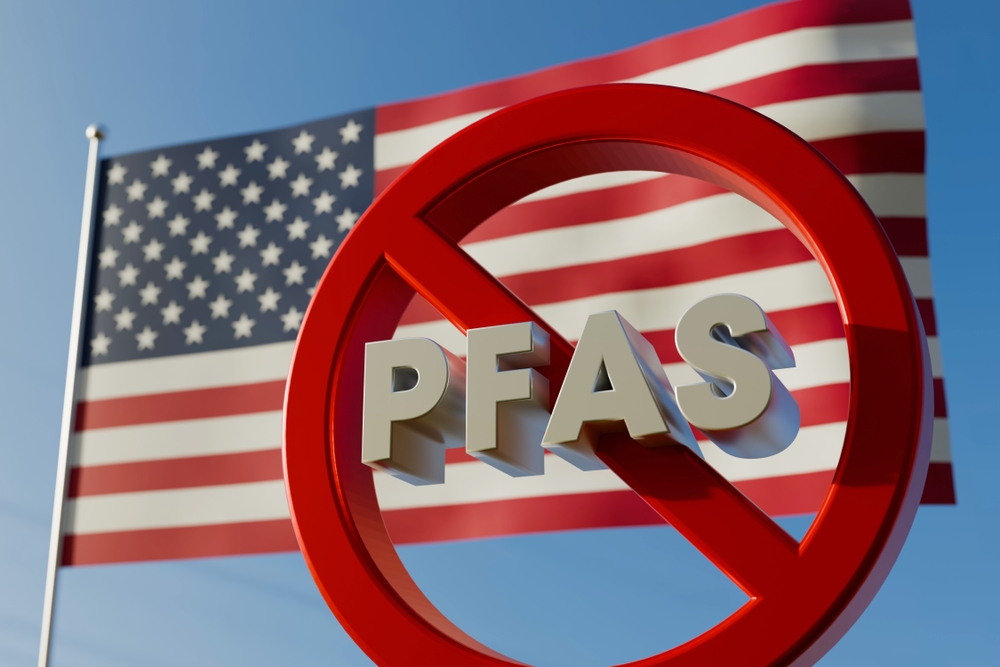The U.S. Environmental Protection Agency (EPA) is moving to simplify its rules for reporting PFAS, with the goal of striking a balance between protecting public health and reducing the burden on businesses.
The agency’s new proposal under the Toxic Substances Control Act (TSCA) aims to make reporting requirements more practical, eliminate duplicate submissions, and focus on collecting the most important data on PFAS (per- and polyfluoroalkyl substances), commonly known as the “forever chemicals.”
With this approach, EPA hopes to continue to track the environmental and health impacts of these persistent chemicals while facilitating compliance for manufacturers and importers.
Understand PFAS and their risks
PFAS are a large group of man-made chemicals widely used in products such as cookware, textiles, and fire extinguishers for water and oil resistance.
Referred to as forever chemicals, PFAS persist in the environment and accumulate in the human body over time.
Studies have linked exposure to certain PFASs to adverse health effects, including liver damage, thyroid disease, developmental problems, and increased cancer risk.
Environmental contamination is also a concern, as PFAS can migrate from products into soil and water, causing long-term ecological effects.
2023 PFAS Reporting Rule
In October 2023, the Biden Administration finalized the one-time PFAS reporting and recordkeeping rules under TSCA Section 8(a)(7).
The regulation required manufacturers, including importers, who produced PFAS between 2011 and 2022 to submit detailed data on exposure, environmental effects, and health effects.
However, the rule has faced criticism for imposing nearly $1 billion in compliance costs on the industry without providing clear guidance on how the data collected will be used to protect the environment.
Significant IT system failures and administrative delays highlighted shortcomings in practical implementation, especially for small and medium-sized enterprises and importers. Critics say the regulations burden the industry while providing limited environmental benefits.
Proposed changes to streamline PFAS reporting
EPA’s new proposal aims to reduce regulatory burden while maintaining essential data collection.
EPA Administrator Lee Zeldin emphasized that this change is in line with the “Powering the Great American Comeback” initiative, which aims to provide regulatory certainty, reduce compliance costs, and focus on the most relevant PFAS information.
The main proposed exemptions include:
PFAS present at 0.1% or less in the mixture or product Imported goods Certain by-products and impurities Research and development chemicals Non-isolated intermediates
Additionally, the agency is planning technical fixes to clarify required data fields and adjust submission schedules, ensuring a smoother reporting process.
“This Biden-era rule will impose an overwhelming regulatory burden and nearly $1 billion in implementation costs on American businesses,” Zeldin said.
“This proposal is based on common sense and the law, and allows us to gather the information we need to combat PFAS contamination without imposing ridiculous demands on manufacturers, especially the small businesses that drive our economy.”
Balancing safety and efficiency
EPA’s proposal reflects a broader effort to implement TSCA section 8(a)(7) in a manner that supports both industry and environmental goals.
The agency aims to collect meaningful PFAS data without burdening companies by targeting unnecessary reporting while maintaining important safety measures.
The opening of a public comment period will provide stakeholders with an opportunity to provide input on proposed PFAS reporting improvements to shape a more effective and practical regulatory framework.
Source link

